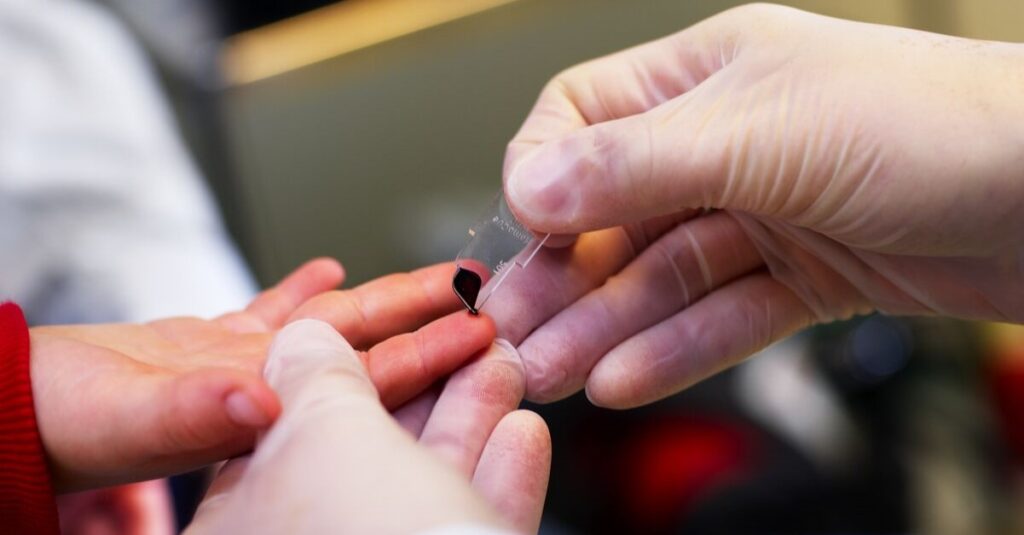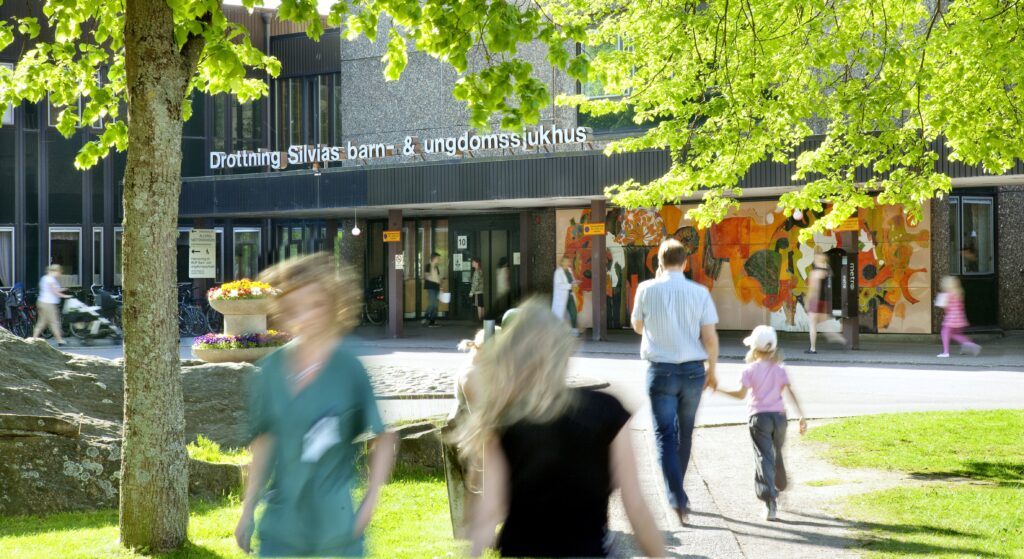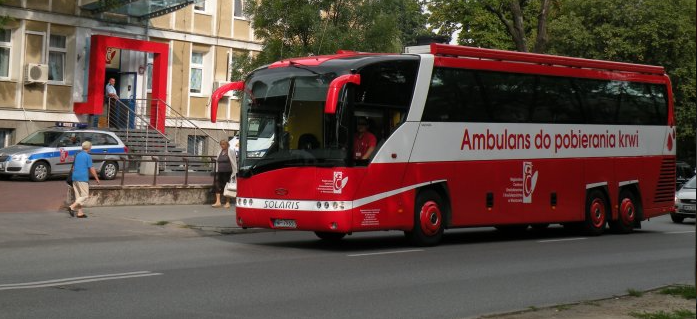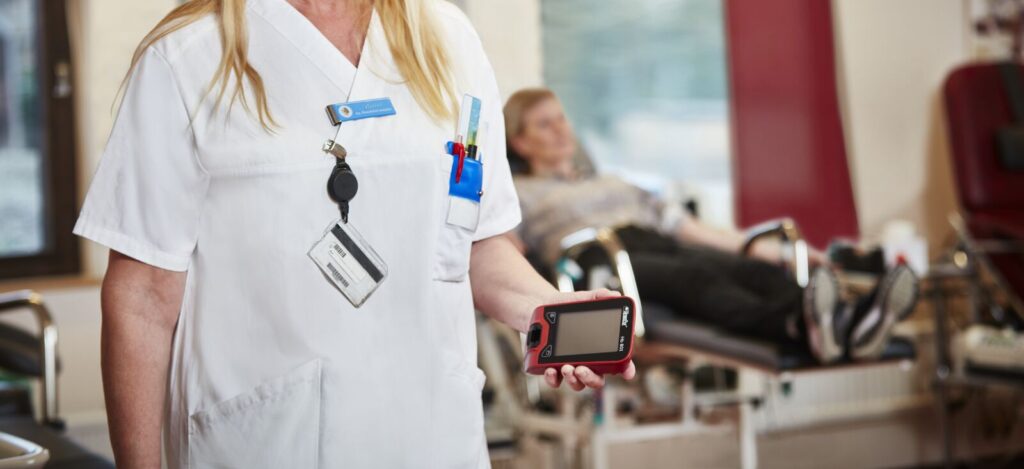Susanne Blohmé, Clinical Laboratory Scientist, has 30 years of experience and works at the primary care center in Bräkne-Hoby, Sweden.
Why choose the HemoCue® WBC DIFF System?
The primary care center in Bräkne-Hoby has used the HemoCue®
WBC DIFF since spring 2011. At first, they made a thorough comparison between the system and the hematology instrument at the laboratory in Karlskrona.
“The comparison showed that the results from the HemoCue® WBC DIFF System correspond well to the results from the larger hematology instrument”, Susanne says.
When is the HemoCue® WBC DIFF System used?
The primary care center in Bräkne-Hoby uses the HemoCue® WBC DIFF System every day. The physicians order the test and the clinical laboratory scientist or an assistant nurse perform the analysis.
“A differential count is helpful in the diagnosis or exclusion of an infection. In some cases, e.g. when a patient is suffering from stress, a high WBC count can be presented without any infection. With the HemoCue® WBC DIFF System, we can tell the difference”, says Susanne.












